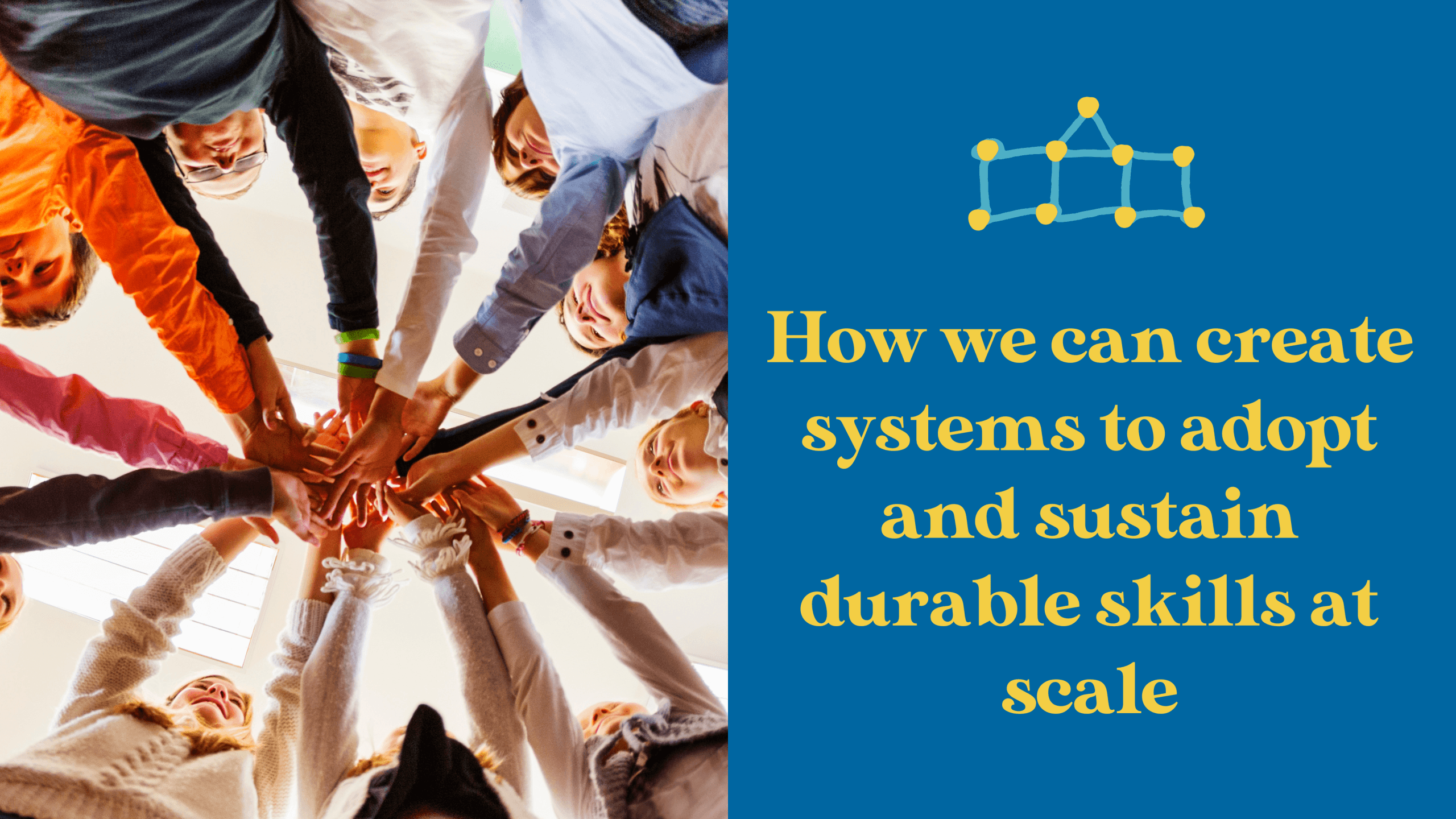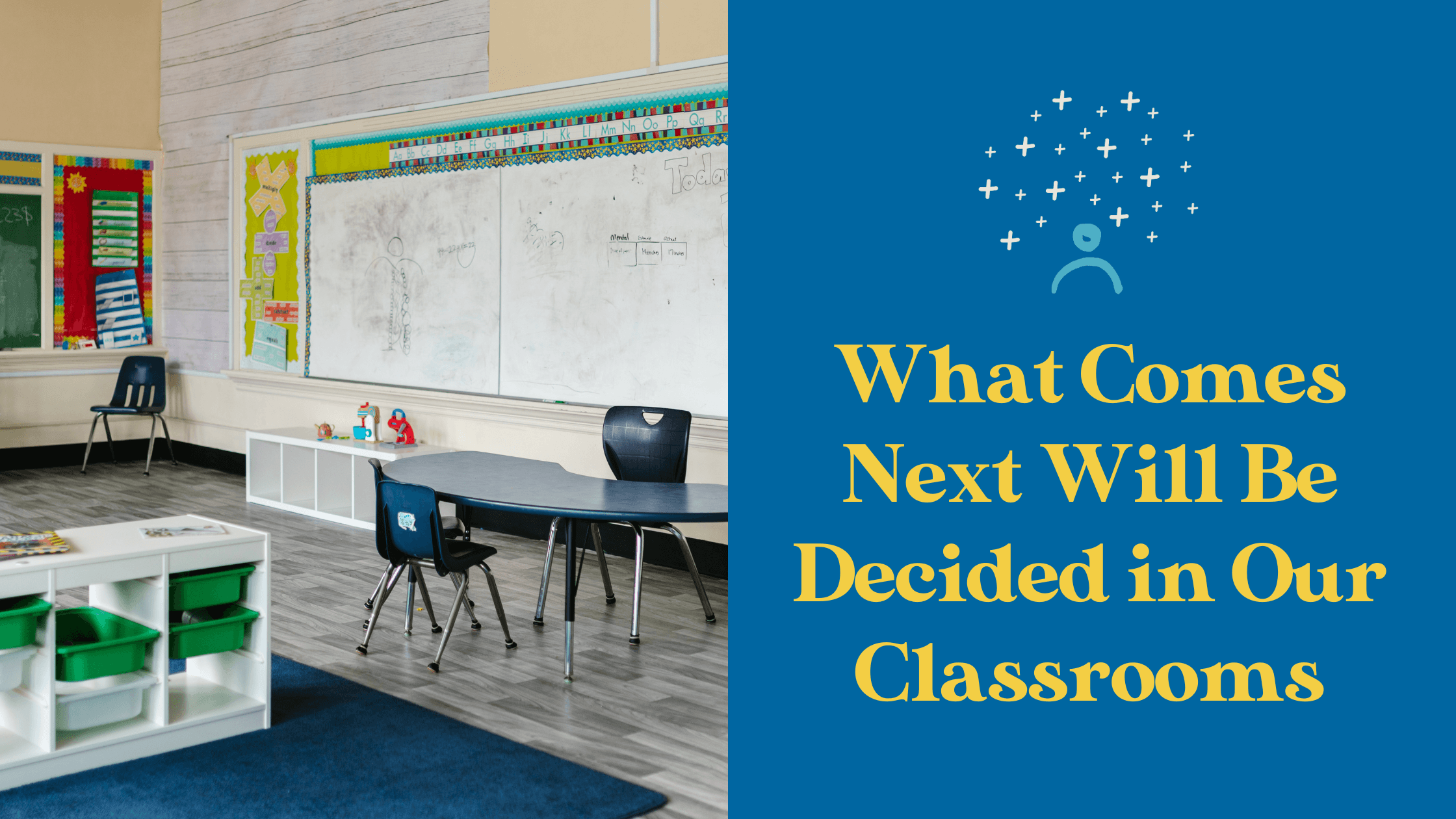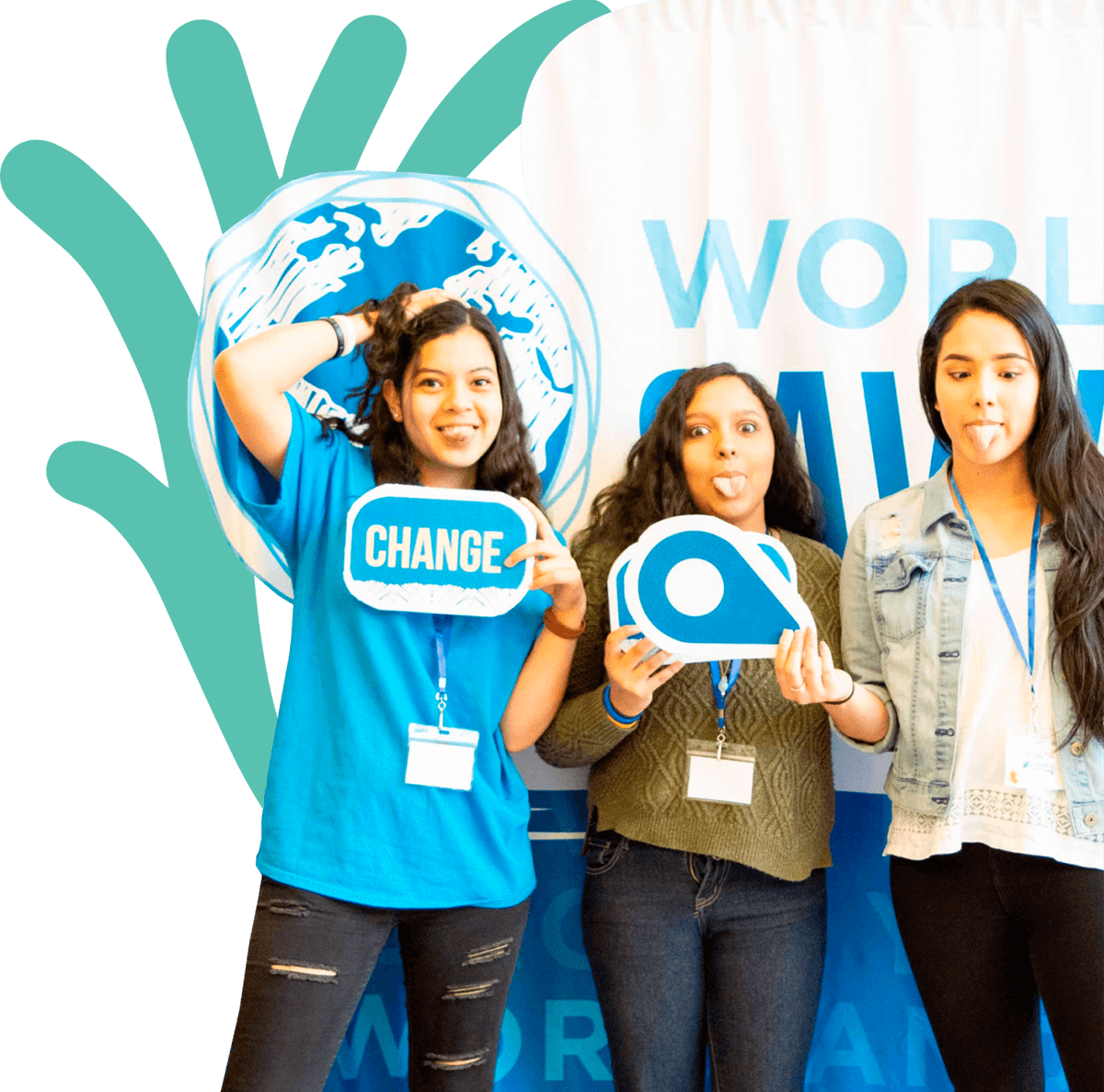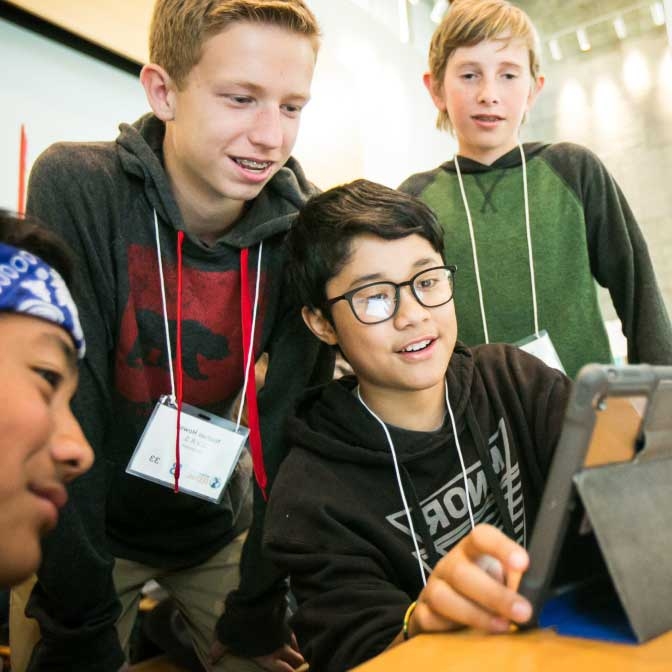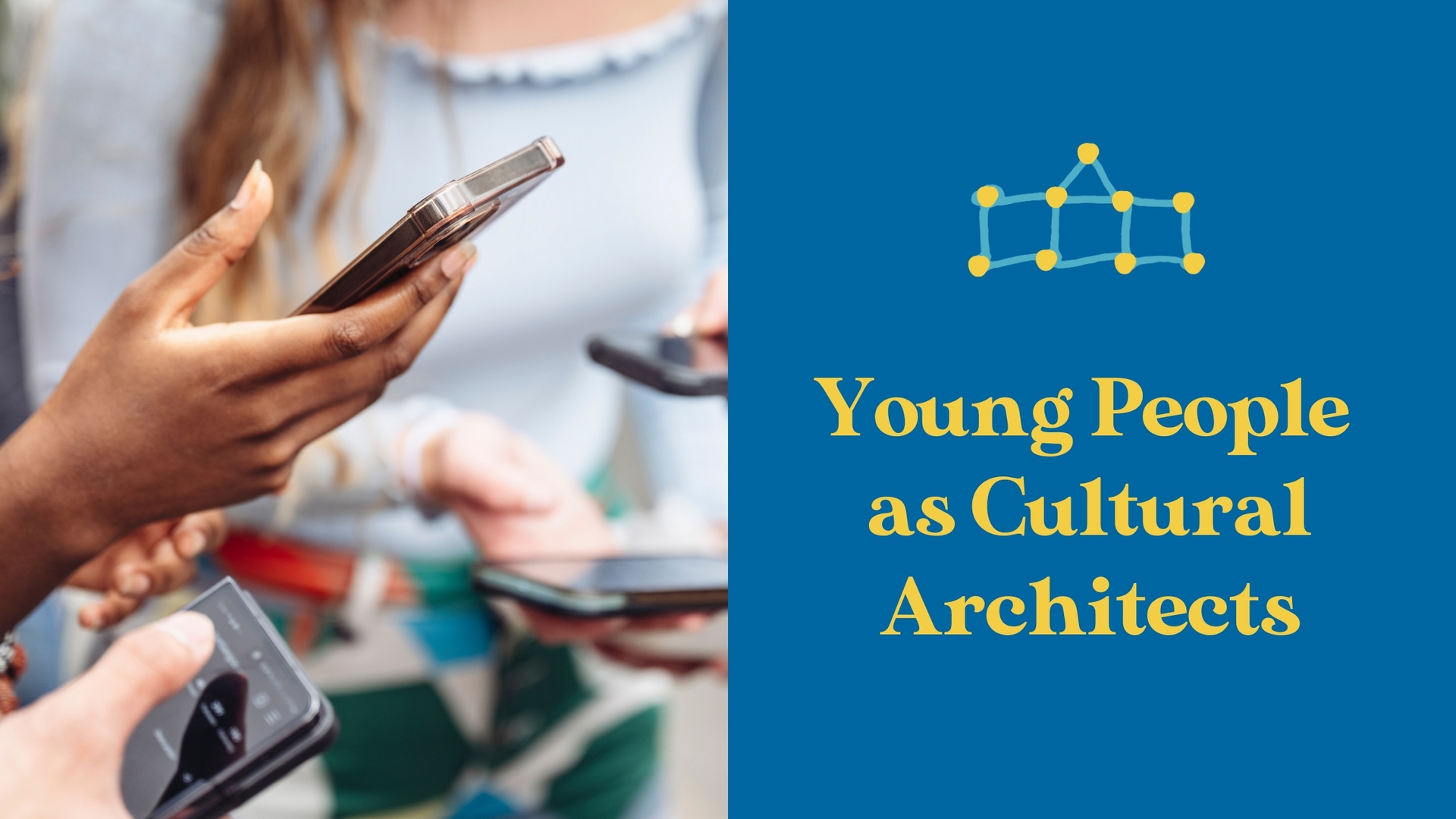
By Hamse Warfa
Every night, millions of adults scroll through the digital world young people built. The audio clip stuck in your head? Sampled and shared by a 16-year-old. The trending phrase in your group chat? Lifted from a meme born on a high schooler’s finsta. Is the political take gaining traction in your feed? First surfaced in a TikTok stitched together by students who understand narrative, virality, and timing better than most elected officials.
While adults debate whether students are ready to lead, young people are already doing it. Not in some far-off future, but in the now. Not waiting for permission, platforms, or professional titles—but shaping the cultural, digital, and ideological scaffolding of the world as it exists.
We don’t give them nearly enough credit.
A 2023 McKinsey & Company report estimated that Gen Z controls or influences more than $360 billion in annual U.S. spending—more than just pocket money or allowance. They shape family decisions, fashion markets, entertainment industries, and global trends. Their power is both economic and social, quietly moving through the algorithms adults consume daily. On TikTok and YouTube, young creators define what goes viral. A Luminate Data study from 2024 found that over 70% of viral songs that eventually climbed the Billboard Hot 100 charts were first amplified through youth-driven digital communities. These weren’t top-down industry pushes. They were movements ignited by teens remixing sounds in their bedrooms.
But it’s not just music or fashion. Culture is political, and young people are proving they understand that deeply.
A Pew Research Center survey in 2024 found that 84% of users under 25 had either created or shared content around political or social issues—from climate change to racial justice, reproductive rights to misinformation. They’re not passive consumers of the internet; they are architects of civic discourse. In some cases, their influence is tangible—legislative campaigns gaining traction thanks to meme culture, mutual aid networks born on Discord, or protests organized and scaled through Instagram reels.
They’re also confronting issues many adults avoid. In one study from Harvard’s Berkman Klein Center, researchers found that Gen Z not only had the highest levels of media literacy across age groups, but were also the most proactive in identifying and correcting disinformation. They are scanning headlines, questioning systems, and asking better questions than many of us raised in institutions built for a different era.
And still, inside many schools, their leadership is framed as “extra.” A bonus. Something to tap into during Spirit Week or student council elections. But let’s be honest: if young people can build cultural momentum that influences global markets, political movements, and public sentiment, then surely they can help design a more relevant education system. One where their questions, creativity, and lived experiences don’t get sidelined for standardized rubrics or five-paragraph essays.
What’s trending in our culture didn’t come from a policy memo. It came from students. From communities where access didn’t always mean resources, but where curiosity and urgency turned into innovation. The Ella Baker 4th graders who challenged how playground rules were made ended up co-creating new conflict-resolution strategies for the whole school. Sejong Academy students using music to explore identity and modeled inclusive storytelling and respect for global perspectives. St. Anthony 8th graders developing proposals for city council by framing questions, analyzing evidence, and drawing thoughtful conclusions. This proves that when we center student relevance, everything shifts.
These aren’t outliers. They’re blueprints. They show us what’s possible when we stop asking if students are ready and start asking if we’re ready to follow.
The culture you see, hear, and share each day is shaped by young people. They are the originators. The signal before the noise. The pulse before the platform. While the world sees them as future citizens, they’ve already taken the lead.
It’s time we see them clearly—not just as students in desks, but as cultural architects in motion.





